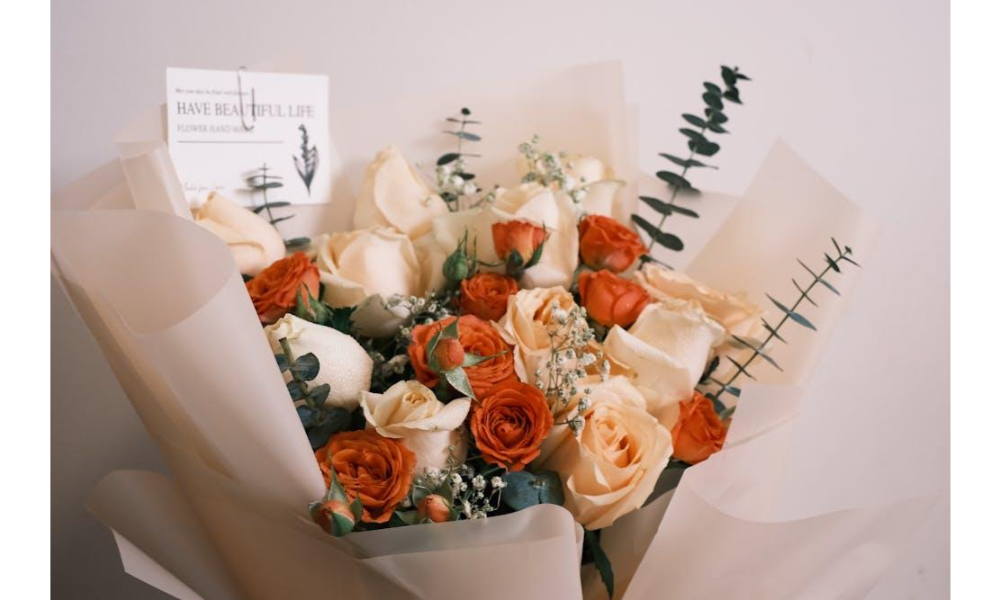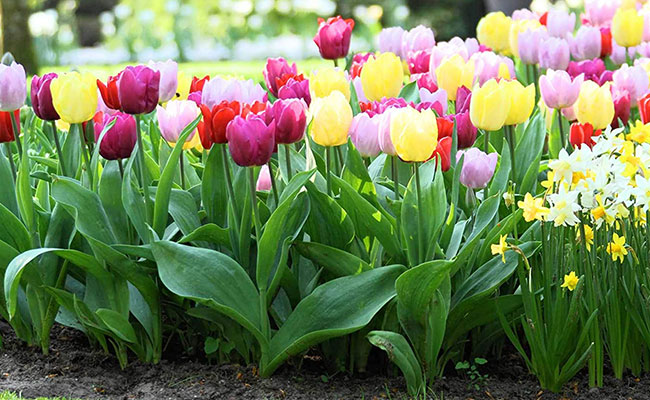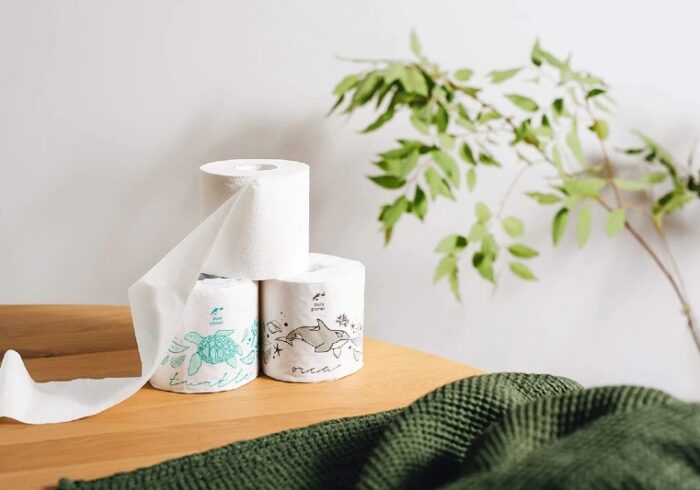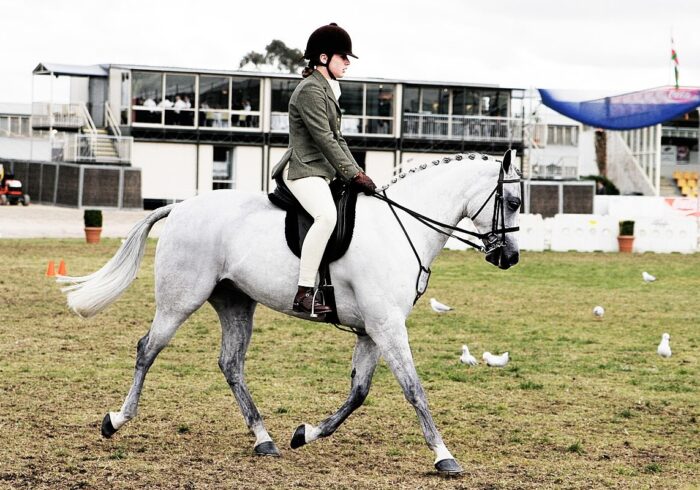Ordering Flowers might seem simple, but the words you use can lead to confusion if you’re not specific. Three words that people often mix up are “flowers,” “bouquet,” and “arrangement.” While they might sound similar, they mean different things to a florist.
- Flowers refer to the actual blooms, like roses, tulips, or lilies.
- Bouquet is usually something that’s meant to be carried, like in a wedding. Some people also use it to describe flowers wrapped together to place in a vase later.
- Arrangement means the flowers have already been placed in a container in a designed style and are ready to display as is.
So when you call to order “flowers,” what you probably want is an arrangement. Be clear about what you really mean to avoid confusion.
Ordering flowers can sometimes feel like playing 20 Questions. You need to give the person taking your order enough information to understand what you want. They will pass those details to the florist who creates the arrangement, and it all has to be right so the flowers get to the right place and look the way you imagined.
Figure Out What You Want Before You Order
One of the best ways to explain what you want is to show a picture. You can look online for photos of arrangements you like, print them out, and bring them to the flower shop. Some flower shops have what’s called a selection guide — a large book of arrangement pictures that can help you communicate your style or ideas.
Remember, a selection guide is different from a catalog. A catalog, like the ones from old department stores, shows you a product you’ll receive exactly. A selection guide, on the other hand, is just that — a guide. It helps you show the florist the general style or theme you’re going for. You won’t get a copy of the exact photo because not every shop will have the same flowers available on a given day.
Understand the Occasion
You’ll need to think about the reason you’re sending flowers. Is it for a birthday? A funeral? A holiday? Or are you sending flowers just to brighten someone’s day? This helps the florist choose the right look and tone for the arrangement.
Also, consider how the flowers will be used. Will they sit in the middle of a dinner table and need to be seen from all sides? Or is it a gift that will go on a side table, where only the front will be visible? These details affect both the design and the cost. A centerpiece that looks good from all angles will need more flowers and usually costs more than a one-sided design.
Choose Your Colors Carefully
Color usually doesn’t change the price of an arrangement — except around Valentine’s Day. During that time, colors like red, pink, and white are in high demand, so prices may go up. Other than that, color doesn’t usually affect cost.
Be specific about your color preferences. Does the person you’re buying for like bold, bright colors like red, yellow, and blue? Or do they prefer softer shades like peach, pink, and cream? Saying you want a “pretty” arrangement isn’t enough — what’s pretty to you might be different to someone else. Describing the colors you want helps avoid disappointment.
Also think about the person’s style. Are they more traditional or do they like creative, modern designs? Knowing their taste helps the florist create something that suits them.
Set a Realistic Budget
Be clear and honest about your budget. A simple bud vase, which holds just a couple of stems, usually costs between $20 and $25 depending on the flowers and container. A centerpiece that’s designed to be seen from all sides might start at $40 to $50 and go up from there, depending on the flowers and design.
Don’t forget about extra costs like sales tax and delivery fees. Most flower shops charge a delivery fee, usually around $10, and there will also be tax added to your order. If your total budget is $50 and you don’t account for those fees, you might end up with an arrangement worth less than $38. To avoid surprises, let the florist know your total budget upfront — for example, “I have $60 to spend, including delivery and tax.”
Always Contact a Florist Directly
Make sure you’re speaking with a local florist, not a middleman who takes a cut of your order. You can use tools like Flower Shop Network’s local florist finder to connect with a real flower shop near you.
Quick Recap: What to Keep in Mind
- Use clear language when placing your order
- Know the occasion for the flowers
- Think about how the arrangement will be used
- Be specific about colors and style preferences
- Set and communicate a clear, realistic budget
Following these steps will help you get the flowers you want and make sure your gift looks and feels just right.





